My career began in vibrant mixed practice, with a fast-paced, varied caseload and the best team a new grad could ask for. I was thoroughly enjoying the challenge, had progressed an incredible amount and was thriving in the environment.
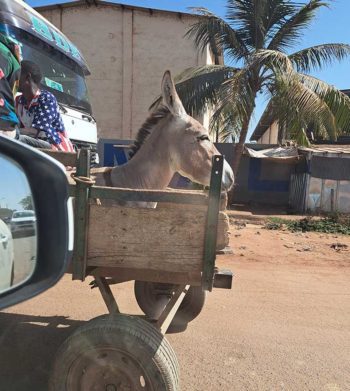
By this stage, I had also dedicated nearly seven years to the Army Reserve service and was eager for deployment. I therefore saw it as an opportunity not to be missed when I was selected to join what would be the final military rotation on the British Army’s mission in Mali, west Africa.
The position was not clinical nor vet-related, but instead would put my French language capability to good use in a liaison role between the United Nations and the British military component, as well as acting as military assistant to the commander of the operation. So, I hit pause on clinical vetting and deployed.
Although it would be my first trip back since qualifying as a vet, I was not new to Africa, and was aware of the four-legged friends I was likely to encounter (and the state some of them may be in). What I was not prepared for was the sense of disappointment, uselessness – and, ultimately, guilt – that came with the inability to do much about it.
Arrival
I arrived in the slightly dusty, mildly polluted heat at the start of the hot season, reaching high thirties each day, and climbing. I was based with the small British headquarters in the hustle and bustle of the city, and my days were primarily filled with meetings at various headquarters and embassies.
Early on I had clocked a number of street dogs, horses and donkeys – as well as a variety of birds and fowl – that resided close to our accommodation, along with numerous cows and goats wandering further afield. Naturally, where safety measures allowed it, I began to spend evenings wandering in the general direction of those with paws and hooves.
At first it was a nervous, but friendly dog with a small head wound. I’d packed silver sulfadiazine – a bit of that would help – and the dog tolerated its application.
Then it was the semi-friendly pair of pups with matching bilateral ear lesions – probably parasite related. But I could barely get near them for a visual exam, let alone give them anything.
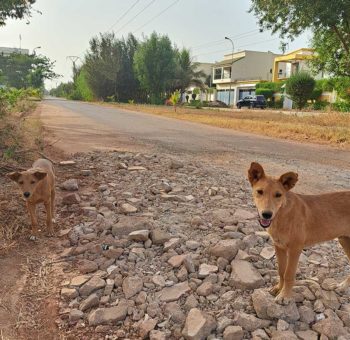
And what would I give? I had no anthelmintics for them. And sadly, it wasn’t going to get easier.
The military medics, already trying to whittle down their supplies prior to our redeployment home, were willing to let me pinch Hibiscrub, gauze and gloves, but there wasn’t much else they could throw my way.
And what could a one-off dab of “Hibi” really do for a wound that probably needed debriding and a course of antibiotics? Or a broken leg? Or raging melanomas on a grey stallion that took up the entirety of its crest and tail – probably contributing most weight towards its body condition score of 1.5/5? I took carrots and handfuls of foliage when I could, but really that was more for me.
I returned from meetings one day to find a miserable dog in our car park, hiding in the shade, non-weightbearing on its swollen left hindlimb. A conversation with the security guards that flitted between French and the local lingo, Bambara, suggested the dog didn’t have an owner, and we presumed it had been hit by a car. It was friendly enough to allow me to palpate. No open wounds, sensation throughout the limb, but was it broken? Sadly, university doesn’t seem to issue x-ray vision along with a graduation certificate.
The challenge was emotional. I had taken an oath1 – part of which read “ABOVE ALL, my constant endeavour will be to ensure the health and welfare of animals committed to my care”, and I had agreed to a professional code of conduct1 that stated I must “provide veterinary care that is appropriate and adequate”. But that had to be within my remit. And here, in a volatile operational theatre, my options were limited – very basic analgesia, or a 9mm bullet from the pistol that lived on my hip.
I spent the next few days repeatedly trying to track the dog down and feed it paracetamol hidden in lumps of salami – it was the best I could do. To my relief, the swelling swiftly went down, and within a few weeks I saw it trotting about on all four legs as if nothing had ever happened. At the end of the day, they are tough.
Nearby, two grey stallions spent their days tethered in separate fields, with nothing but spindly spikes of grass in full sun. They were brought in each night, at which point they had access to water and could escape the harsh 40 degree blaze. Clearly their owners cared for them, but despite the locals doing everything in their power to keep themselves out of the daytime sun, it didn’t seem a concern that the horses had no shelter, or water throughout the day.
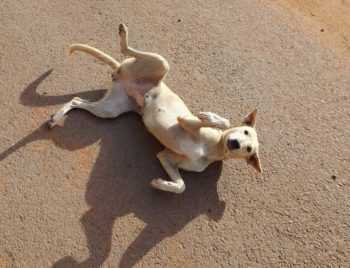
But why should they make these changes? What benefit would it bring to build field shelters and drag buckets of water a few hundred metres from the Niger river, when clearly, both horses survived without these things? Difficult conversations to have, notwithstanding the language barrier when providing the basics of food, water and shelter to your children takes up your entire existence as it is.
My most challenging encounter was a nervous young dog, which I saw non-weightbearing from a distance, with a front paw held at an odd angle. She was bright enough and hobbling around rubble with a couple of other young dogs, but constantly licking at the leg. The closest I managed to get was a few metres from her, and it didn’t look good – a very swollen carpus with a large open wound.
Did it communicate with the joint? Was it infected? I couldn’t get near enough to really see, and she wasn’t even particularly tempted by chunks of meat. I spent the next few hours trying to get hold of the vets that run pharmacies in the city, but the answers were the same – not interested in helping, unable to visit, just euthanise.
Even achieving that was not without complications, as we discussed the potential fallouts and reactions of local security guards if I was to discharge a weapon round the back of a building site. And even that suggestion was ruled out, as one of the guards ushered me towards a woman who nodded her head as I asked if she was the owner. Her French was limited, but it was evident she didn’t want to do anything. Instead, she showed me a litter of puppies that had been born the day before. Why fix the broken teenager when you’ve got replacements?
Cultural understanding
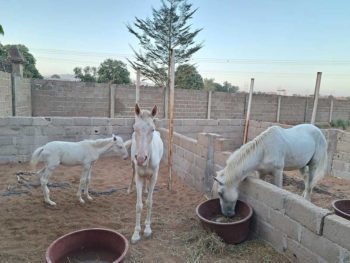
Despite the ethical challenges I came across, I did see lots of healthy-looking animals that were as well cared for as could be in the environment:
- working horses and donkeys paused for food and water breaks in the shade
- strong-looking cattle marching alongside well-driven dirt tracks
- pet dogs getting fed titbits from food stands
I also saw some intriguing (and somewhat questionable) modes of transport, such as chickens perched on the lap of a moped driver, or goats tethered to the roof of a bus eating hay – all surrounded by vibrant colours, from wildly painted vehicles to stunning traditional dress.
We may want to provide support, and we may think we have the knowledge and capacity to do so, but we also cannot just enforce our way of doing things. It requires a deep cultural understanding of the environment we are in; the expectations and the priorities of those we are working with.
But every little does help – from that initial discussion with an owner about a bit of pain relief to that friendly chat about putting water in a field during the day; planting seeds of how we can help the four-legged beasts we have studied for years to treat and protect, and, thereby, building relationships with communities and animal owners.
We know, as veterinary professionals, that these small steps can lead to big changes that affect more than just individual animals, or wider animal groups, but to the people who raise and manage them, live off their produce and share an environment with them.
These small steps pave the way for future educational outreach programmes, neutering campaigns, and vaccination drives that can make a huge difference to wider populations of both animals and people.
We must also remember to be kind to ourselves. As veterinary professionals, we are driven and emotionally invested, and strive to be the best we can be.
But sometimes we do make mistakes, and sometimes we cannot do as much as we would wish to – from being unable to help a stray animal abroad, to working with a client in a Western clinic who doesn’t have the finances for basic treatment. We do what we can, and that, in itself, is something to be incredibly proud of.
As for what’s next for me – a stint of veterinary charity work (because we sure know how to take a real holiday) before I dive back into UK mixed practice. And I absolutely cannot wait.
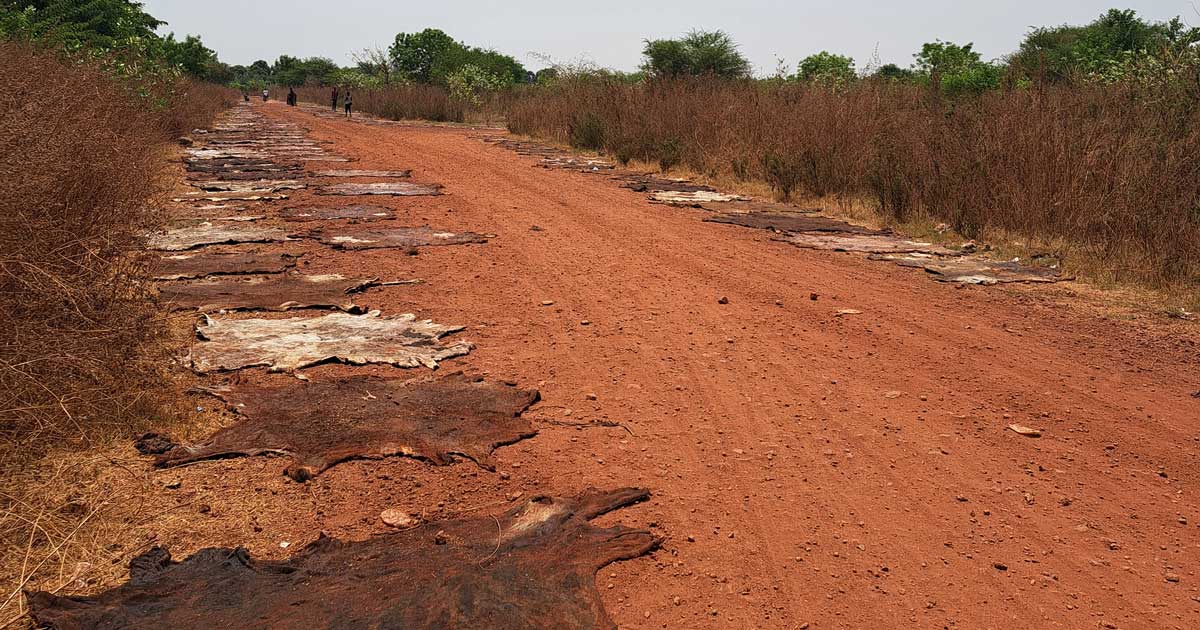
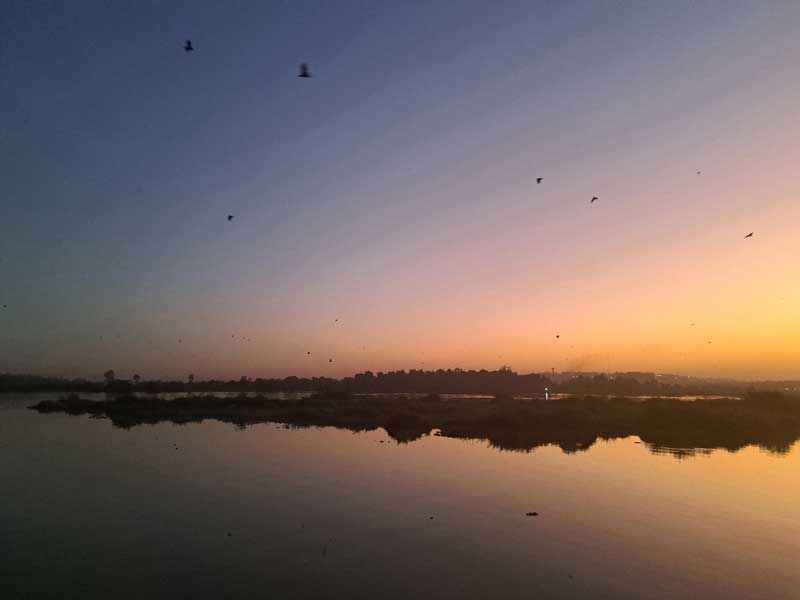

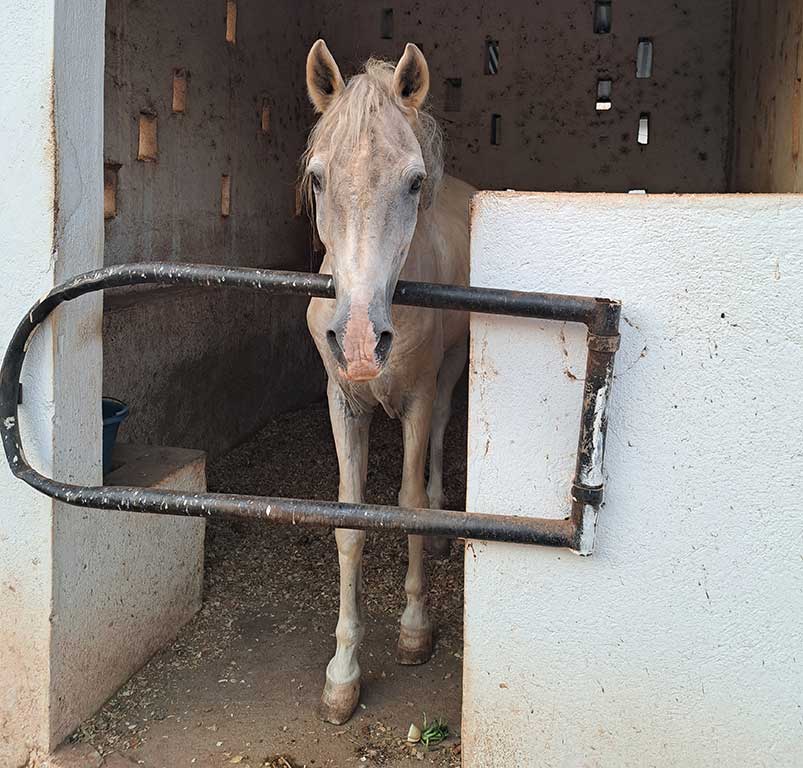
Leave a Reply